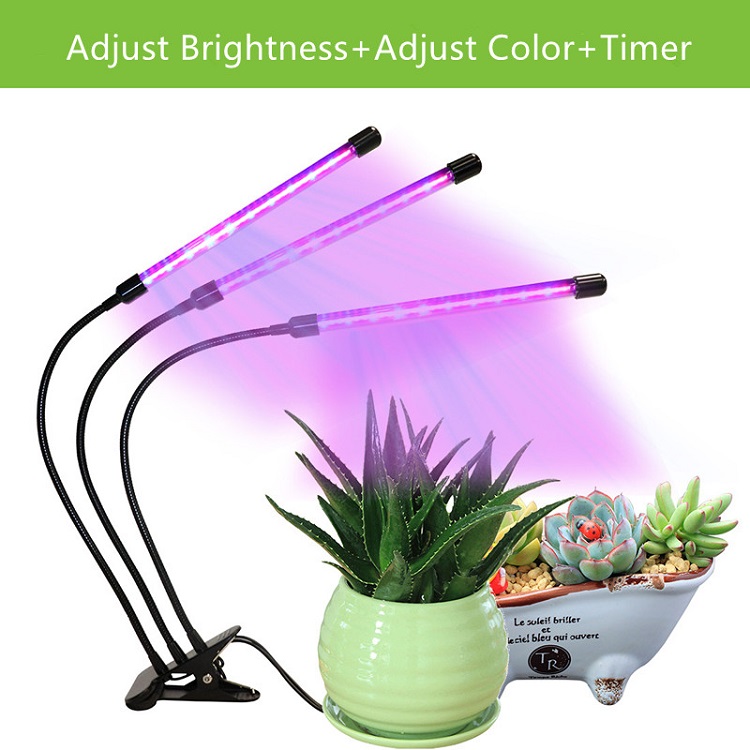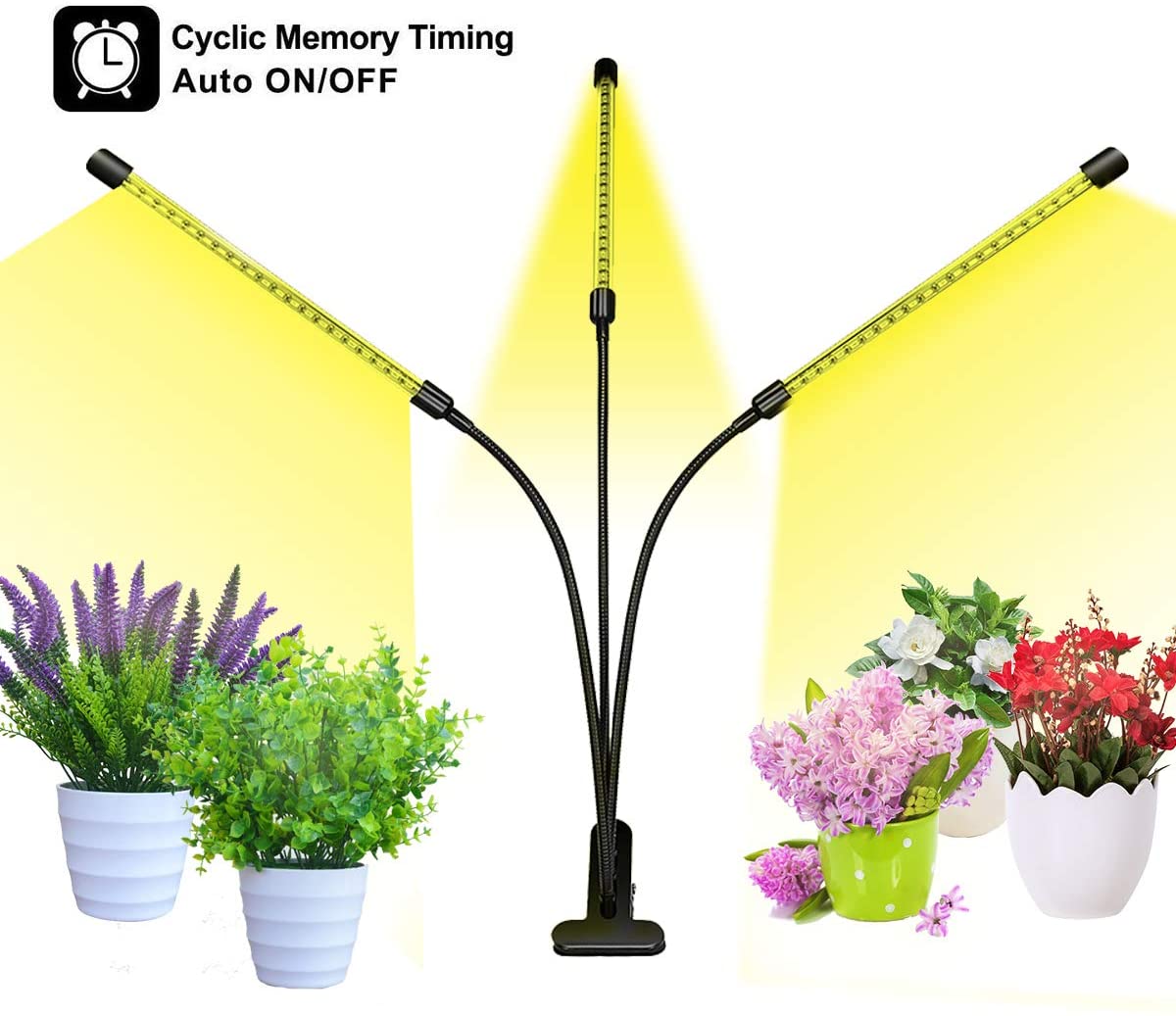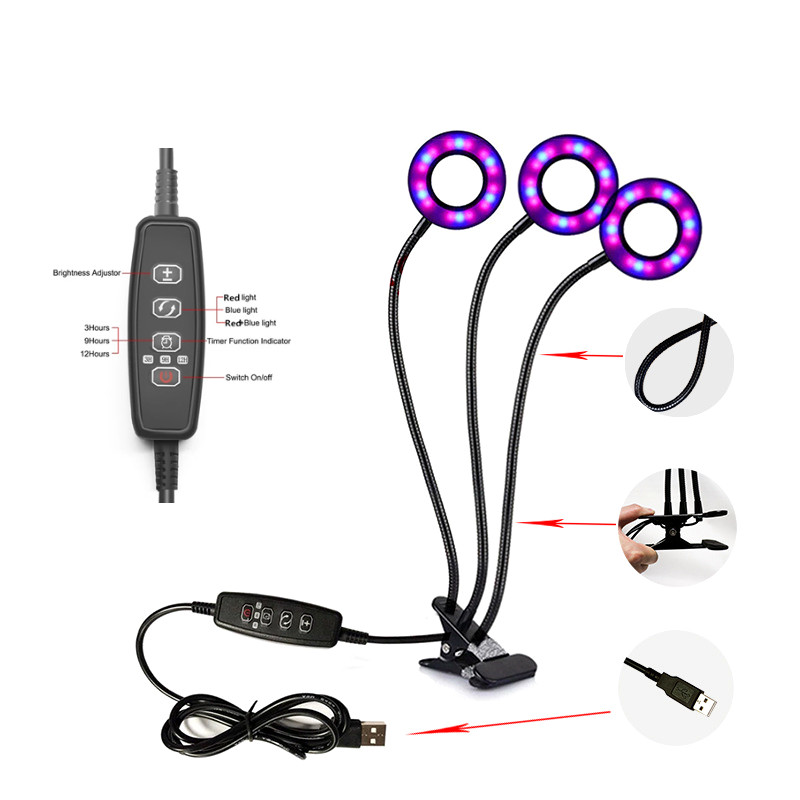Today, with the rapid development of Internet of Things technology, wireless Internet of Things technology has brought new industrial opportunities to traditional smart homes, and some global outstanding companies have entered the smart home industry of the Internet of Things. In China, although some companies have made great breakthroughs in the core technology of the wireless Internet of Things, we should also soberly see that a large number of backward technologies are flooding the market is still an important feature of China's current smart home industry. Many traditional enterprises and even some well-known enterprises have even borrowed the concept of the Internet of Things to promote the concept of stealing products and technologies. They have organized numerous so-called evaluations of smart home brands, established so-called alliances, fabricated various stories, and created various public opinions. The entire market is promiscuous, allowing consumers to perceive confusion and be at a loss.
Strictly speaking, smart home product technology based on Internet of things technology is only controlled by only a few companies in the world, and it is even rare in China. Many domestic traditional home appliance companies still have their understanding of the Internet of Things even at the beginning of this century. . In order to facilitate ordinary consumers to identify authenticity, encourage innovative enterprises with technological strength, and promote the healthy development of China's smart home industry, we provide the following information for consumers' reference based on the basic characteristics of the Internet of Things:
1. What is the difference between IoT smart home and traditional smart home?
One of the basic characteristics of the Internet of Things is ubiquity and omniscience. The goal of the Internet of Things is to develop green, all-wireless technologies, including sensing, communications, etc., that require not only extremely low power consumption, but also full wireless coverage, highly reliable connectivity, strong secure communications, large-scale networking, and self-repair. Specific to the home application is to require very simple installation, very easy to use, maintenance do not have to worry about, expand arbitrary. Simply put, it is an ordinary consumer who looks at simple instructions and can quickly assemble and complete a whole set of smart home systems without the involvement of professionals. This is an important feature of IoT-type smart home products.
The traditional smart home adopts a wired method, which not only requires professional construction, special company maintenance, but also has a long construction period, high construction costs, poor system flexibility, difficult maintenance, and low expansion capability. After the completion of many projects, users cannot update and upgrade. Let consumers suffer, the entire wired smart home development history has even become a history of the end of the phenomenon.
Therefore, whether integrated wiring is an important standard for distinguishing between IoT smart homes and traditional smart homes.
2. What is the technical judgment of the Internet of Things smart home?
The newly issued national “Twelfth Five-Year Development Plan for the Internet of Things†pointed out that “promotion of transmission technology breakthroughs. Focus on supporting the development of new short-range wireless communication technologies and sensor nodes for the Internet of Things, supporting self-awareness, self-configuration, and self-repair. "Self-managed sensor network network and management technology research", according to this standard, so-called wireless technology such as 433M/315M, Bluetooth, Wi-Fi and so on obviously can not meet the development requirements of the Internet of things, but another wireless technology ZigBee The characteristics of this feature are highly integrated with this standard. It has unique advantages in self-configuration, self-healing, self-management, low power consumption, high security, and anti-interference. At present, the technologies adopted in China's popular 433M/315M wireless products are backward technologies that have long been eliminated in the world. These technologies are completely incapable of adaptability in terms of security, reliability, anti-jamming capability, self-repairing capability, and ad hoc network capabilities. Internet of Things smart home development. As for Bluetooth (including low-power Bluetooth), there has been doubt about security, which has led to the fear of large-scale adoption by countries other than developed countries in the West. Wi-Fi is widely welcomed by home users because of its convenience. It is understandable as an ordinary network access technology, but it also has poor security and networking as a smart home wireless technology (Wi-Fi including low-power Wi-Fi). The disadvantages of small scale and no self-repairing ability cannot meet the needs of smart homes.
Internet of Things Smart Home needs to solve the problem
Of course, due to the 433M/315M radio frequency, Bluetooth, Wi-Fi technology is simple, product development cycle is short, easy to produce products, especially suitable for the cottage and thus sought after by China, especially Guangdong, Fujian and other smart home companies in the south, these pseudo- The low-quality and low-quality products are flooded with markets with elaborate packaging design, disrupting the judgment ability of consumers, causing the entire market to be very confusing, and consumers being cheated. This has also become a major problem that has plagued the healthy development of smart homes in China.
3, Internet of Things smart home need to solve the problem?
A real and practical smart home needs to solve many problems, mainly related to security protection, environmental regulation, lighting management, health monitoring, home appliance control, emergency services, etc.
The security protection mainly involves: IoT wireless smart locks that are linked with smart phones, wireless window magnetic doors that protect doors and windows, wireless intelligent drawer locks that protect important drawers, wireless infrared detectors that prevent illegal entry, and wireless networks that can prevent gas leaks. Gas detectors, wireless fire smoke detectors that prevent fire damage, solar wireless electronic fences that prevent encroaching on walls, leak detectors, and other wireless leak detectors;
Environmental regulation mainly involves: air quality detectors, ambient light sensors, temperature and humidity sensors, temperature controllers, dimmers, fresh air systems, humidifiers, wireless sockets, etc.;
Smart lighting mainly involves: ambient light sensors, wireless dimmers, wireless switches, etc.
Health monitoring mainly involves: wireless smart weight scale, wireless intelligent blood pressure monitoring, etc.
Appliance control mainly involves: wireless smart socket, wireless infrared transponder (air conditioning, TV, floor heating, water heater), wireless curtain controller, wireless shutter controller, wireless projector elevator, wireless shutter controller, wireless garage door controller, Wireless automatic safe;
Emergency services mainly include: wireless emergency help button, wireless power off alarm, wireless power off the lighting system, wireless self-powered intelligent power supply;
4. What is the relationship between IoT smart home and cloud?
A cloud is a service. It is always present, everywhere, and everywhere. The cloud has become a technological highland that major countries in the world have seized. It can be said that it is an indispensable basic tool for the 21st century.
As far as the modern family is concerned, with the further improvement of the quality of life, people's health monitoring, food safety, security protection, environmental regulation, resource allocation and other information will become important and irreplaceable resources in the family. These resources are even higher than those in the family. All kinds of furniture, household appliances and other physical objects are more important. Cloud is the best warehouse for these resources and the most competent steward.
With the continuous popularization of smart homes, "IoT Cloud" will become an indispensable basic service. "Cloud Home" will also become a cloud that every family member cares most. It is more comprehensive than what you see and hear. , more real and more reliable.
It can be said that the future of smart homes can only be in the cloud.
The role of mobile devices such as mobile phones and tablet computers in the smart home of the Internet of Things?
The Significance of Standards for IoT Smart Home
In modern society, mobile devices such as mobile phones have become indispensable tools for people's daily work and life. Nowadays, mobile phones are not only a simple calling tool, but also a payment tool and identity authentication tool. It can also become a smart key. At present, BMW and Mercedes-Benz are preparing to introduce a truly keyless mobile phone key car to the market. Its only key is a smart phone linked to the cloud.
Of course, in the home, mobile phones have become a family key, and it is not only more convenient but also safer to open the wireless smart locks through mobile phones. If you want to control everything in your home, anytime, anywhere, the mobile phone is an ideal tool. Whether you are at the ends of the earth or you have any trouble in your home, you can master it in one hand.
The mobile phone lets an originally isolated, unknown home surpass the limitations of time and space to surround you. Therefore, it can be said that in the age of the Internet of Things, a smart home system that left the mobile phone is just like a home without a door.
6. Do common family smart products belong to the category of IoT smart home products?
We are accustomed to the so-called smart locks, smart TVs, smart water heaters, smart air conditioners, and so on, which are labeled as "intelligent" household appliances. From the basic characteristics of the Internet of Things's "connectedness," these so-called smart products obviously do not meet the requirements. Smart home standards.
Taking locks as an example, with the standards of the Internet of Things, all states of locks, including ah, lock, lock, and so on, should be transparent to consumers. Once a lock is opened, consumers should be able to Immediately perceive that if the family forgets to lock the door, you can feel it and be reminded in a matter of thousands of miles. It is clear that current ordinary smart locks do not have these functions at all.
In addition, so-called smart air conditioners, smart TVs, and other smart appliances are not "smart" off when you leave home. So-called Internet of Things air conditioners can't even start automatically before you go home.
Therefore, from the standard of the Internet of Things smart home, the traditional home intelligence products can not be regarded as the real thing of the Internet of Things home products.
7. What is the significance of standards for the Internet of Things smart home?
A basic feature of the Internet of Things is the connection of objects. It is obviously impossible to achieve this goal without following the unified standards. Standardization is the only way for the healthy development of the Internet of Things. However, as far as the domestic situation is concerned, compared with developed countries, our application of the Internet of Things, including smart home industries, is still in its infancy. Although everyone's goals are clear and the direction is the same, from the perspective of specific implementation levels, from the industry authorities to the Businesses and consumers have not yet made a particularly clear judgment. It is also very unwise to formulate a uniform and even mandatory national standard in such a phase. Historical experience tells us that a more prudent approach is to encourage different forms of intelligence. The home is fully developed and the standard choices are given to the market.
8. What are the main brands of the Internet of Things smart home?
The well-known foreign brands are Control4, Philips, Schneider, etc. The domestic brands with more successful brands include the sensor and Huawei.
9. At present, the status quo of China's Internet of Things smart home development and its position in the international market?
ZigBee as an emerging short-range communication technology, foreign companies have developed earlier, and now has formed some mainstream brands. There are not many companies engaged in Zigbee technology research in China, and even fewer companies have mastered the core technologies. Currently, enterprises that can participate in international competition are not only Shenzhen Huawei Technologies Co., Ltd., but also Nanjing Nanjing United Sensor Technology Co., Ltd. The companies are all members of the global ZigBee Alliance. Among them, Nanjing Wulian has the most complete family of smart home products in the industry. It has received support from many domestic and foreign traditional home appliance giants, and is connected with home appliances, electricians, sensors, and control devices. Have a certain right to speak.
10. What opportunities do IoT smart home bring to traditional home appliance manufacturers?
One of the basic features of the Internet of Things is the reshuffle of traditional home appliance manufacturers. In this process, electrical, electrical, lighting, sensing, control, security and other vendors will face unprecedented historical opportunities and challenges, some keen and action. Rapid companies will gain leadership in the future, while others will be eliminated.
11, smart home market prospects and scale?
The IoT smart home involves intelligent lighting, smart switches, smart appliances, smart sensors, smart security, smart health, etc. The average number of these devices is 50-100 in a modern family and 2 in a modern family. - 3 people, that is, 2-3 mobile phones, from this point of view, the market size of a smart Internet of things alone is about 30 times that of the mobile Internet. As we all know, the mobile Internet market is much larger than the Internet. Therefore, the industry's initial forecast of the market size of the Internet of Things needs to be rewritten. In the future, the market size of the Internet of Things will not only be 30 times the Internet, but will be much larger. It can be imagined how many great companies will be produced in such a market.
12. The significance of smart home for the internet of things industry
In the final analysis, the Internet of Things is for humanity, and human home life has been formed for thousands of years and in the foreseeable future humans will continue to live in their dwellings for a long time. From this point of view, one has left the smart home. The Internet of Things will become a passive source of water, without a source of wood. Smart home is the most important and basic application in all Internet of Things applications. It has become a global consensus.
We have many models clamp Led Plant Light, 1/2/3/4 head, circle model, bar model, and another model clamp Full Spectrum Led Lights. Easy installed, you can clip on everythere, works well for home depot, vegetables, hydroponic growth.
LED Grow Light Benefits:
More efficient: 100% of the power input for our LED grow lights is used for your plant chlorophyll production.
Better for environment: It saves 50% to 90% in energy consumption compared to incandescent bulbs or fluorescent tubes.
Less Heat: Low heated LED bulbs will protect your plants well.
Less trouble: No ballast to burn out likes other plant lights
No maintenance costs and 50,000 hours lifetime
Easy to install and use, plugging into the electric outlet directly



Led Grow Lights Commercial,Indoor Clamp Grow Light,Outdoor Plants Clamp Grow Light,Led Greenhouse Grow Light
Shenzhen Wenyi Lighting Technology Co., Ltd , https://www.wygrows.com